The CMP Review — Week of February 5
February 5, 2024
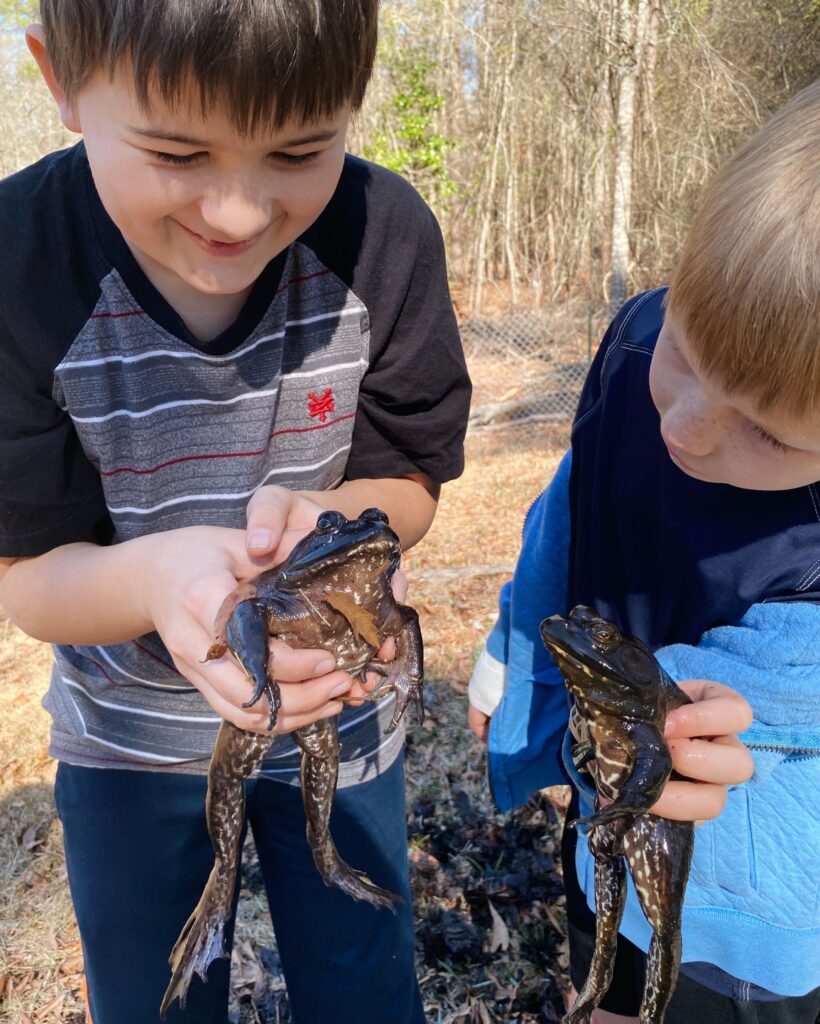
“The main thing, however, is to lead the children to see what is around them, and to enter into the life of all living beings. In this way they will learn to look upon nature as part of the one great scheme under which we all live, doing each our own work for the good of all as best we may; that by our efforts we may both improve ourselves and help others, leaving the results to the Great Being in whom we live and move.” (Fisher, PR10, p. 460)
@tessakeath
February 6, 2024
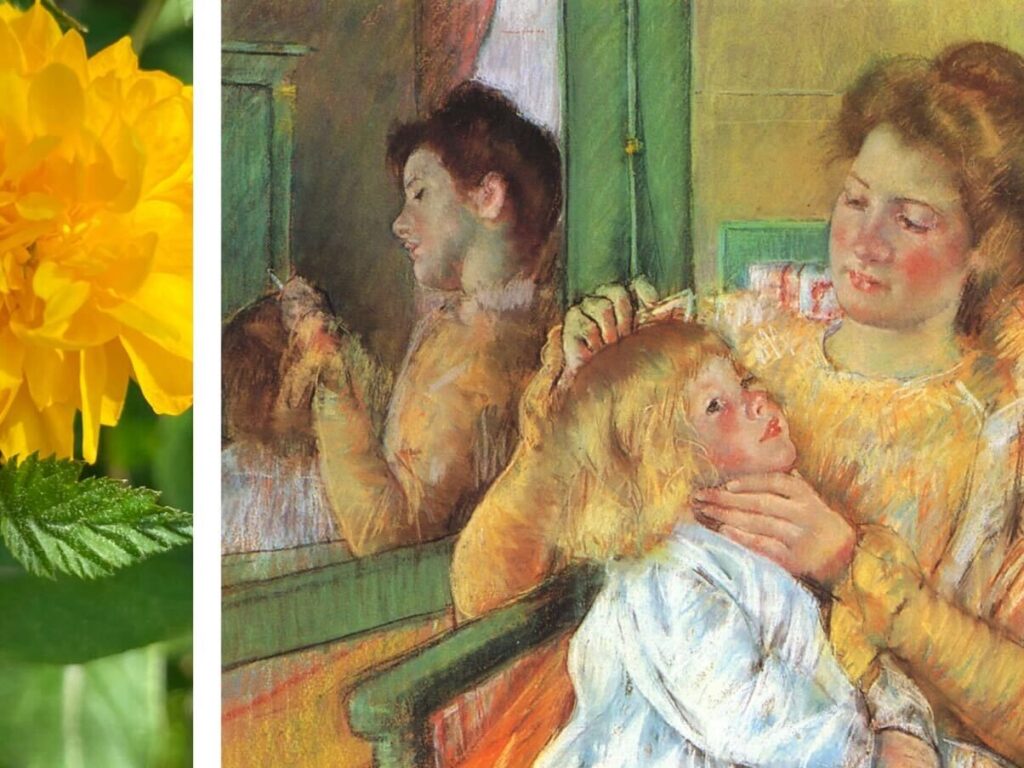
In a powerful passage in School Education, Charlotte Mason quotes Henry Latham’s Pastor Pastorum:
Our Lord … reverenced whatever the learner had in him of his own, and was tender in fostering this native growth… Men, in His eyes, were not mere clay in the hands of the potter, matter to be moulded to shape. They were organic beings, each growing from within, with a life of his own.
This profound observation about the teaching methods of Jesus Christ sheds light on Charlotte Mason’s first principle: children are born persons.
But only a few principles later we read Charlotte Mason speaking of the “discipline of habits, formed definitely and thoughtfully,” as a primary instrument of education for parents and teachers. What is more definitely and thoughtfully formed than clay in the hands of a potter?
Have we found a contradiction? Or a deeper truth? Consider with Laura Teeple in her second article on Charlotte Mason’s paradoxical principle here.
@artmiddlekauff
February 7, 2024

The podcast episode “Shakespeare on How Leaders Rise, Rule, and Fall” from The Art of Manliness was so fascinating that I had to share it with you.
Shakespeare’s histories were among the most assigned plays in Charlotte Mason’s schools—with Macbeth and Coriolanus at the top. On the podcast, Eliot Cohen (political scientist & military historian) discusses with host Brett McKay just how well the Bard relays the dynamics of power in his historical plays. In a survey of 10 plays, Eliot shares what we can learn about leadership and power while drawing arcs between well-known leaders like George Washington, Abraham Lincoln, Winston Churchill, and some modern CEOs.
Give Episode #964 a listen and you might be inclined to read the plays with your own children. If you’d like to learn more about Shakespeare in a CM education, Nancy Kelly’s well-researched article, “Shakespeare in the Programmes” makes the perfect companion piece.
@rbaburina
February 8, 2024
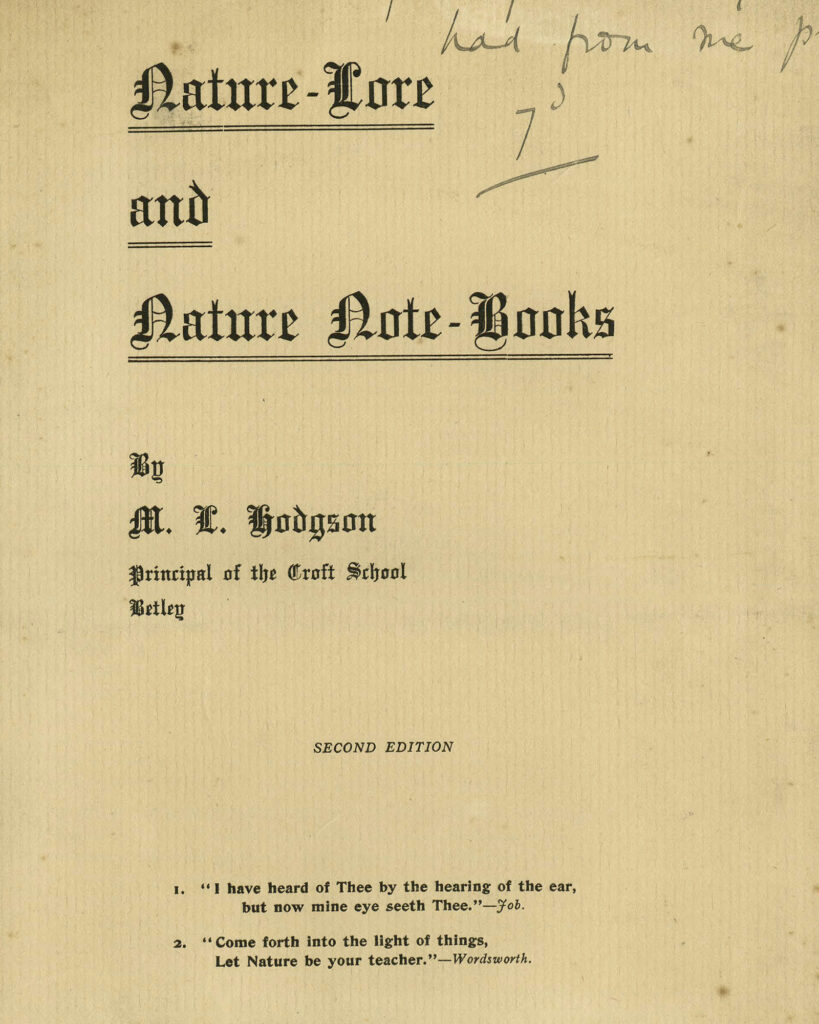
In contemporary nature study methods, the naturalist is inseparable from his notebook. John Muir Laws goes so far as to prefer an over-the-shoulder bag to a backpack so that the notebook may be more easily retrieved while in the field. But is this what Charlotte Mason had in mind when her 1886 Home Education lecture referenced a “diary” in which a child could make entries about what he observed in nature?
In 1893, Charlotte Mason asked M. L. Hodgson to improve the practice of nature study at the House of Education. Her task was “to make the students as keen observers, as true lovers of, and as conversant with Nature as she herself is.” Miss Hodgson settled on a plan to require “each student keep an illustrated note-book, modelled somewhat on the lines of note-books which she had herself been in the habit of keeping for her own purposes.” This was no mere diary. This was a notebook of prose and art.
We find that Hodgson’s influence was not to be limited to the House of Education. By 1900 a pamphlet by Miss Hodgson, “Lecturer at the ‘House of Education,’” was being offered to PNEU branches and members. Entitled Nature-Lore and Nature Note Books, it described the practice of nature study in the words of the woman who refined the practice at the House of Education.
When I reviewed Hodgson’s pamphlet I was intrigued by one tip among many: “A small pocket note-book may be taken out by the children in which to jot down what they want to remember, and for the rough lists of flowers, birds, insects, etc., which might be forgotten if there was not time to write the account of the walk directly they came home.”
Of course it’s good to remember what we see. And writing a journal entry at home can be a lovely way to reflect and meditate on a nature walk. But even Hodgson approved of taking some notes in the field. And a century before Laws she anticipated some of his methods: make sure that little note-book is as easy as possible to retrieve on the go.
@artmiddlekauff
February 9, 2024
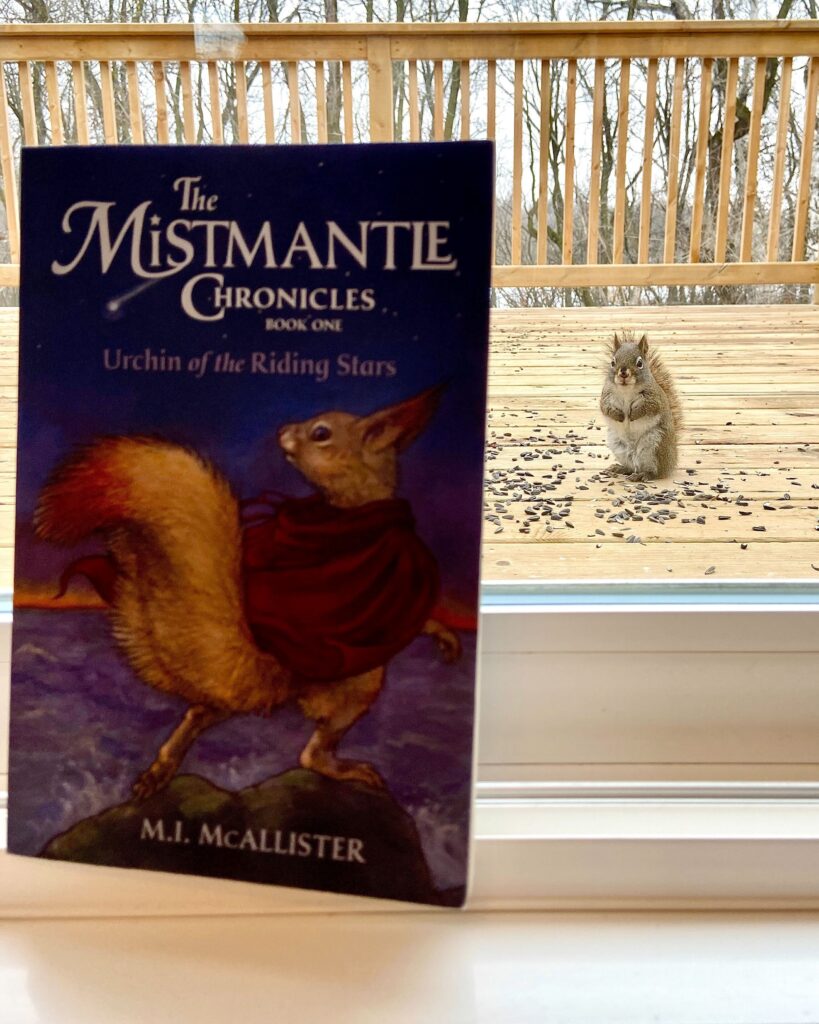
We recently finished reading the 5 books in Margi McAllister’s Mistmantle Chronicles series. And we absolutely fell in love with this story. It’s just perfect.
The adventure, the fortitude, the nobility, the courage, the kindness, the truth, the loyalty, the strength, the prayerfulness of these characters… The inherent goodness of the Heart that broke for Mistmantle, the hope, the holy places, the light… It is beyond compare. I have never read anything else quite like it. We laughed, we cried, we swelled with joy and pride, we felt their sorrows, we lived with these characters.
Have you read the Mistmantle Chronicles yet? If you haven’t, you definitely should! Thankfully, they’ve been beautifully reprinted by Purple House Press!
@antonella.f.greco
February 10, 2024

Do your kids do daring things while tobogganing? Like sled trains?
I don’t know if these are a thing, but that’s what our neighbourhood kids call them. And they are so much fun!
Especially important when in a larger train than this, the kids have learned that you need to have the larger kids towards the front or the whole endeavour falls apart! First-hand learning of the laws of physics! 🤣
@antonella.f.greco
February 11, 2024
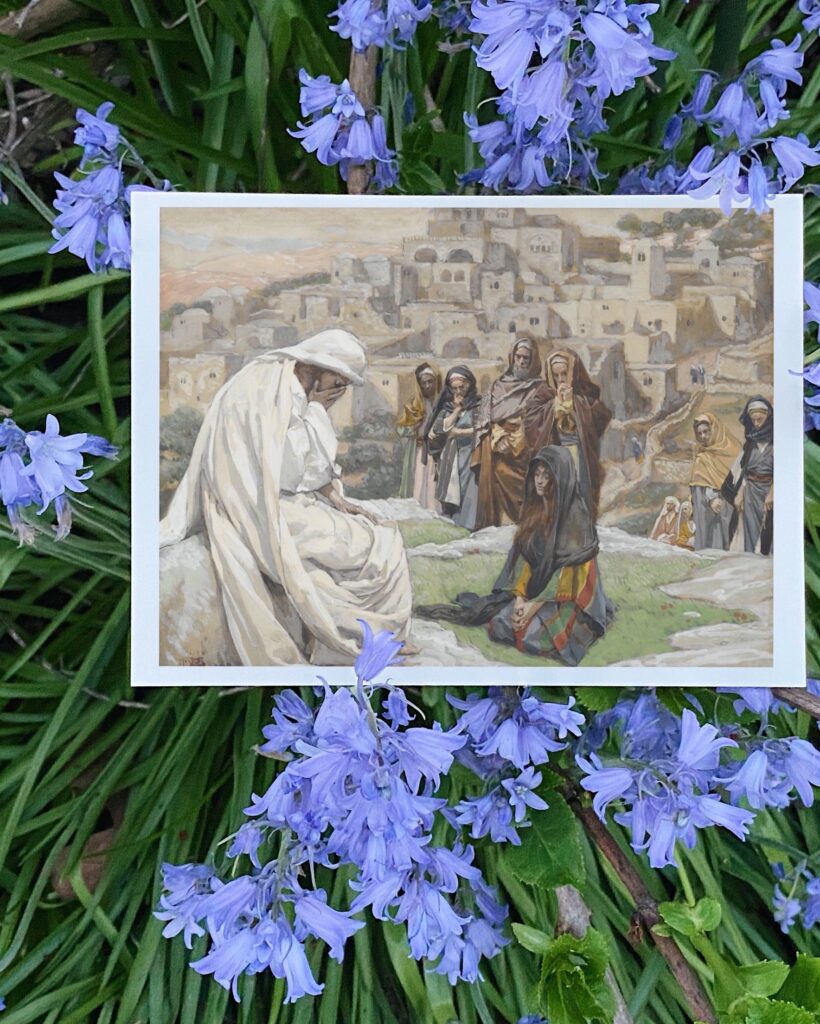
American artist Makoto Fujimura wrote in 2012, “‘Jesus Wept’ is, to me, the most profound passage in the Bible.”
“Jesus’ tears,” he reflected, “make no logical sense, as he came to Bethany with the specific mission to raise Lazarus from the grave. He told the disciples his mission (and why he intentionally delayed his arrival, knowing that Lazarus lay dying) and revealed to Martha that he was and is the ‘Resurrection and the Life.’ So why did he, upon seeing the tears of Mary, waste his time weeping, when he could have shown his power as the Son of God by wiping away every tear, telling people like her, ‘Ye of little faith, believe in me!’?
Fujimura couldn’t help but notice that Thomas Jefferson had cut the verse from his own edition of the Bible: “Jefferson’s rationalism allowed only a distant deity that made sense in reference to objective ‘scientific’ calibrations, not ephemeral marks of compassion.” Fujimura explained.
But N. T. Wright points out that whatever logic or Jefferson might say about this verse, “there can be no doubt of its historical truth.” He observes: “Nobody in the early church, venerating Jesus and celebrating his own victory over death, would have invented such a thing.”
As an artist, Fujimura found a model for his work in this profound and historical verse. “Art, like the tears of Christ, may seem useless, ephemeral and ultimately wasteful. But even though they evaporate into our atmosphere, the extravagant tears of God dropped on the hardened, dry soils of Bethany, or onto the ashes of our Ground Zero conditions, are still present with us. Because tears are ephemeral, they can be enduring and even permanent, as with ‘Jesus wept.’ In the same way, perhaps our art can be so as well. What seems, at first, to be an irrational response to suffering may turn out, upon deep reflection, to be the most rational response of all.”
Charlotte Mason offered her own art in remembrance of Jesus’ tears. It is an emotional response, a rational response, a poetic response. Read or hear it here.
@artmiddlekauff